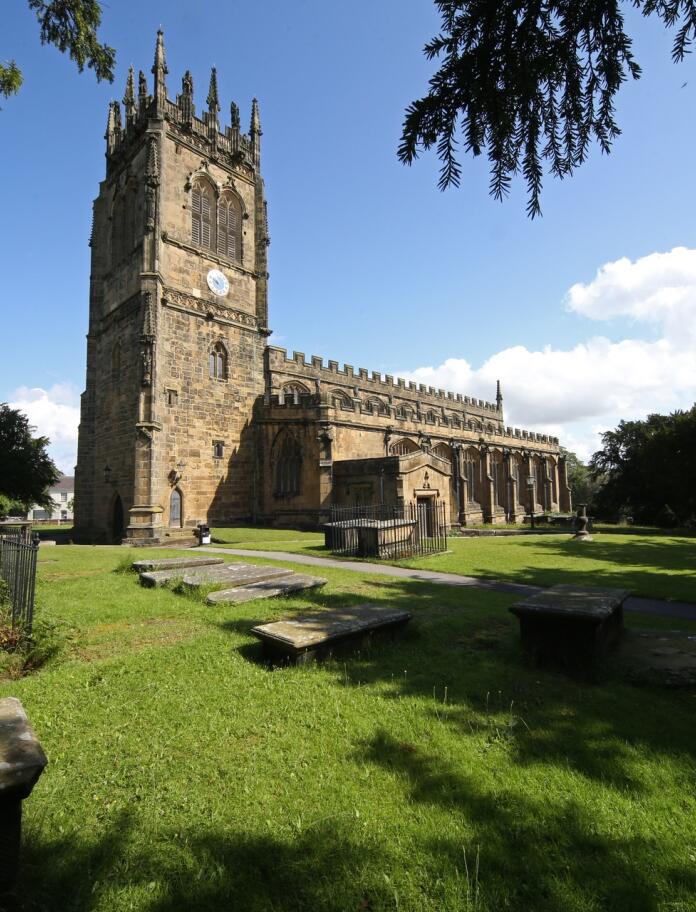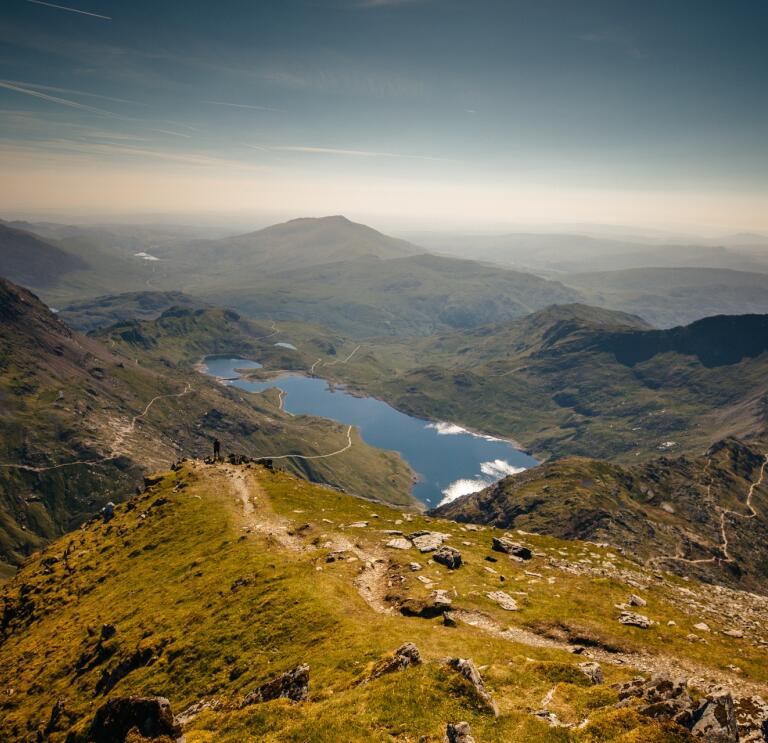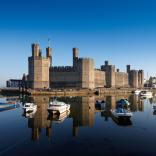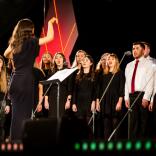Here’s a trivia question for your next quiz night: can you name any of the sites considered to be among the “Seven Wonders of Wales”?
Some might suggest the imposing riverside stronghold of Conwy Castle, the wonderful Wales Millennium Centre in Cardiff Bay, or any of the golden beaches along the beloved Pembrokeshire coastline.
While those are all wonders in their own right, according to a popular Georgian-era poem, those answers would be incorrect.
Welsh wonders
Believed to be written in the late-18th century by an anonymous tourist to Wales, the poem titled The Seven Wonders of Wales set out what the writer believed were the must-see sites for visitors of the time. The short rhyme reads as follows:
Pistyll Rhaeadr and Wrexham steeple,
Snowdon's mountain without its people,
Overton yew trees, St Winefride's well,
Llangollen bridge and Gresford bells.
Why these landmarks?
The poem could be seen as an example of an early tourist marketing campaign, ushering in English crowds to see these marvels a short hop from their doorstep.
Though today spots like the covered Victorian arcades of Cardiff and the trails of the Bannau Brycheiniog (Brecon Beacons) National Park are much better known than almost all of the attractions mentioned in the rhyme, in the 18th and 19th centuries, good new roads had made it easy for people in industrialised cities like Liverpool, Manchester and Birmingham to explore the joys of rural North Wales.
Based on that, perhaps you'll agree it's no surprise all of the spots mentioned in the poem – with the exception of Yr Wyddfa (Snowdon) – are located in the counties of Flintshire and Denbighshire, close to the border with these swelling English cities. The poem could be seen as an example of an early tourist marketing campaign, ushering in English crowds to see these marvels a short hop from their doorstep.
The seven wonders today
All seven wonders referenced in the poem have stood the test of time, and can still be visited by modern-day tourists. The close proximity of the sites means they can even be banded together, forming a “traditional wonders of Wales” trail that can be tackled in a long weekend. Here’s a quick insight into each of the mentioned locations.
Pistyll Rhaeadr
Enshrouded in woodland and accessed only by a rugged walking trail, Pistyll Rhaeadr is one of the UK’s great waterfalls to behold, as well as one of the tallest in Wales, where the Afon Disgynfa (Disgynfa River) plunges 73 metres (240ft), via a series of ledges, into the valley below.
At the foot of the falls, which are located north of the village of Llanrhaeadr-ym-Mochnant, visitors will find an inviting tea room, as well as three large boulders, said to have been carried to the spot by three giants, and used as stepping stones to cross the river.
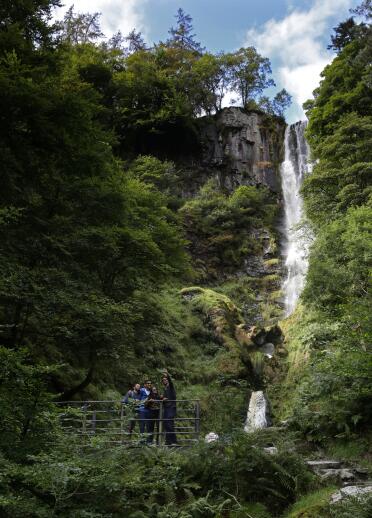
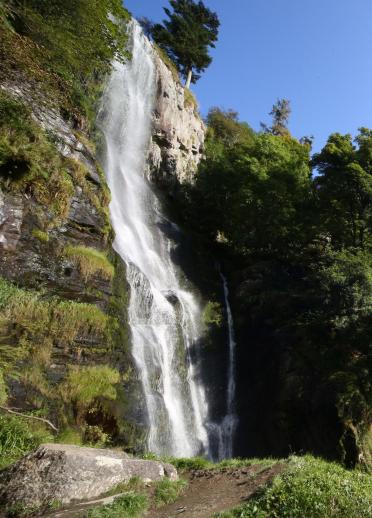
Wrexham steeple
“Wrexham steeple” refers to the tower of St Giles' Parish Church in the city of Wrexham, which stretches over 40 metres (130ft) into the sky. The church itself dates back to the late-15th century and is considered one of Wales’s great medieval buildings.
For a small fee, it is possible to climb the 149 steps, past the church’s bells, to the roof of the tower, which serves up wow-inducing views of the surrounding countryside, extending as far as the Berwyn mountain range.
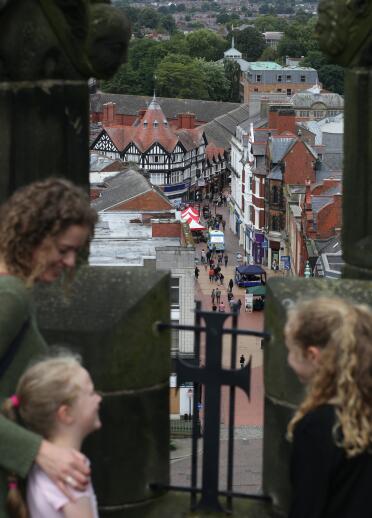
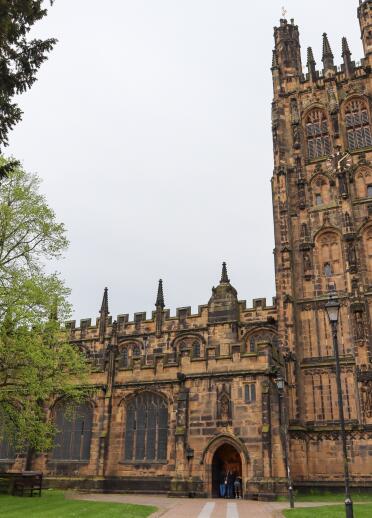
Snowdon (Yr Wyddfa)
Snowdon is the English name for Wales’ highest mountain, Yr Wyddfa, and it is likely the one landmark referenced in the poem most British readers will be familiar with.
With around 600,000 people summiting the mountain annually, overcrowding has proven a challenge for Eryri (Snowdonia) National Park authorities in recent years, something that the author suggests to be an issue even during this nascent stage of Welsh tourism – advising readers to visit the mountain “without its people”.
To avoid the crowds today, consider visiting outside of peak June-August season, or take one of the lesser-trodden paths to the summit.
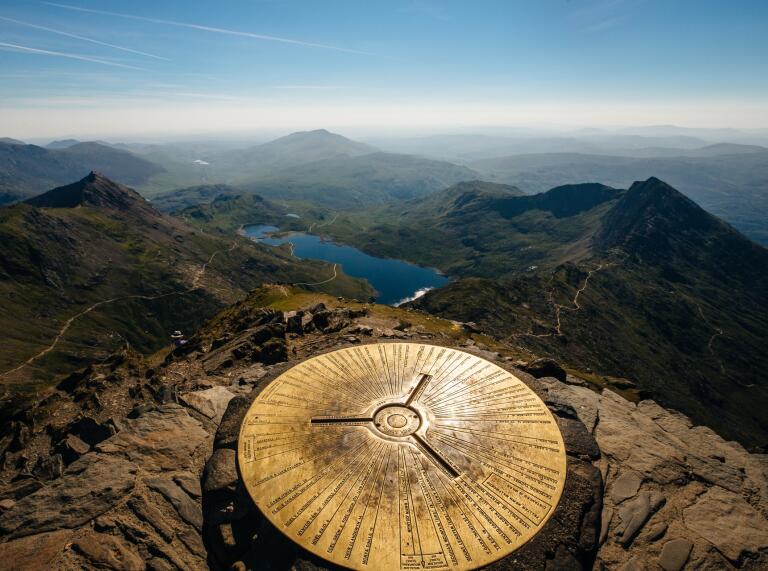
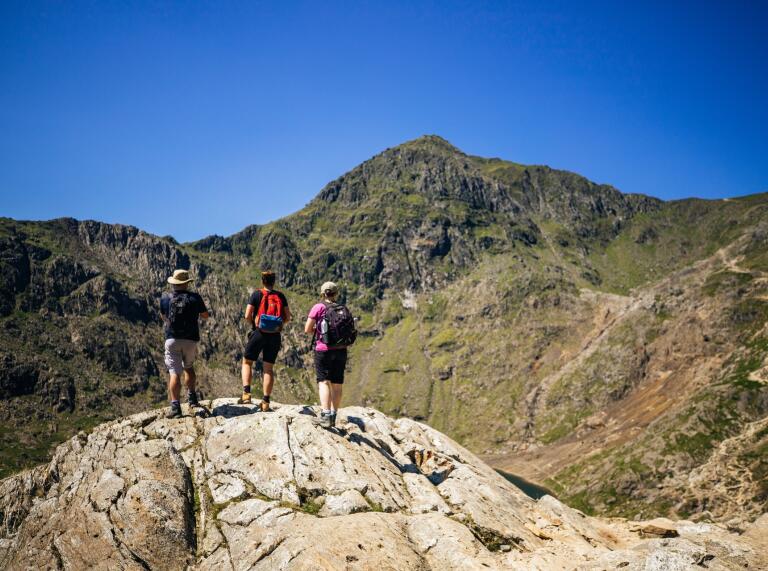
Overton yew trees
Located in the village of Overton-on-Dee, close to the English border, St Mary-the-Virgin Church is ringed by a collection of drooping yew trees that make the church’s graveyard particularly atmospheric. In Pagan traditions, the evergreen trees were associated with eternal life, and, as such, remain a common sight in UK churchyards.
The trees in Overton are believed to be between 1000 to 2000 years old. However, one is much younger, having been planted by Queen Elizbeth II in 1992 to celebrate the 700th anniversary of Overton receiving official borough status.
St Winefride's well
Claimed to be the oldest continually visited pilgrimage site in the UK, the holy well at St Winefride's Chapel, in the town of Holywell (get it?), dates back to at least the 12th century, when its waters gained a reputation for being able to heal all ailments.
Believed to have been formed on the spot where Saint Winefride, a Welsh martyr, was beheaded by an angry suitor, the spring’s mystical powers were so renowned that it even attracted monarchs (King James II is said to have stopped by with his wife after the couple had trouble conceiving) and continues to draw visitors today, who come to bathe in the chapel’s spring-fed pool.
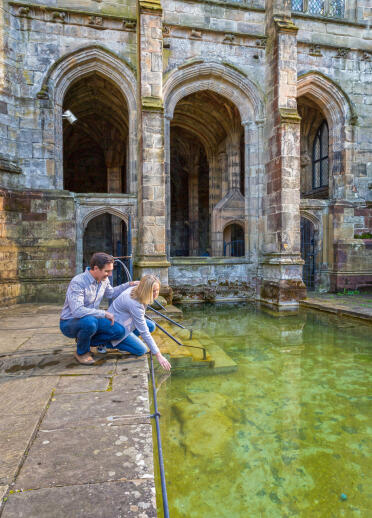
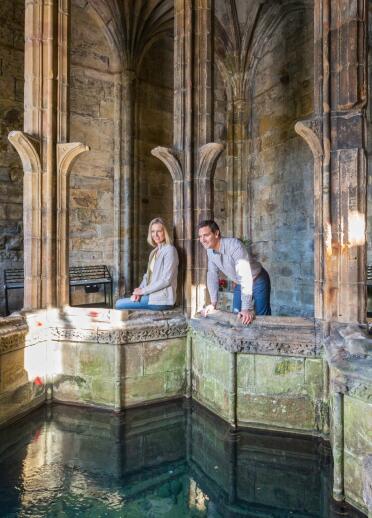
Llangollen bridge
Spanning the picturesque River Dee, the stone Llangollen Bridge was originally constructed in the 1280s and is one of the key landmarks of the town of Llangollen.
Oft-photographed, due to its curving arches and serene setting, the Grade I-listed structure was temporarily covered in a colourful patchwork of fabric in 2021 as part of an art piece for the Llangollen International Musical Eisteddfod – a festival of traditional song, dance and cross-border camaraderie that has been taking place in the town each summer since 1947.
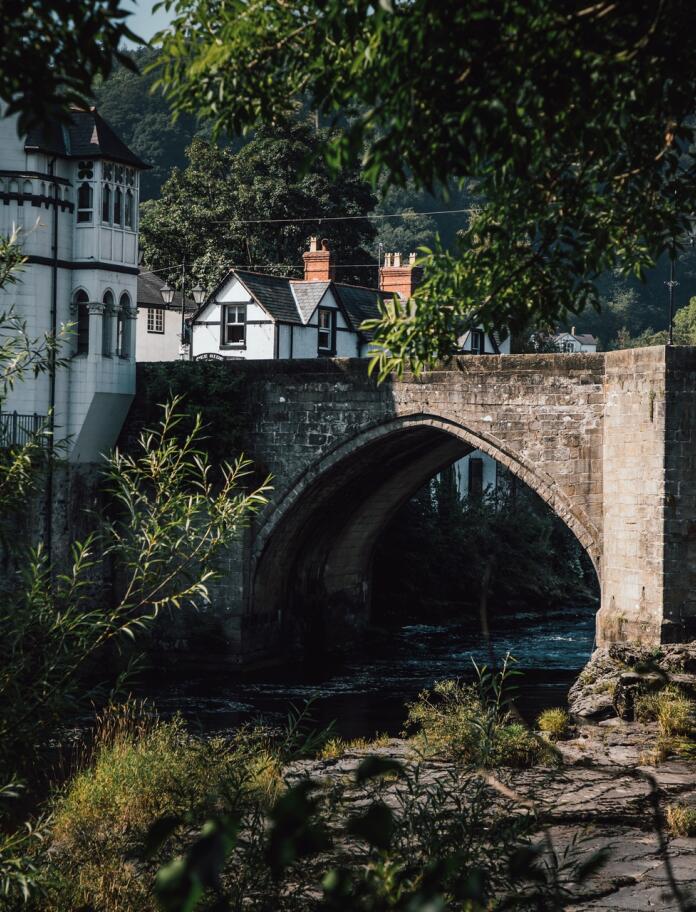
Gresford bells
The eight original bells of All Saints’ Church in the village of Gresford are first mentioned in historical documents from 1714 and were renowned for the purity of their sound, echoing out into the surrounding countryside.
The church itself is staggeringly large, which leads many to suspect it was once a profitable pilgrimage site, and also boasts an impressive collection of medieval stained glass windows. The eight original bells have since been joined by six newer, smaller bells and, together, still ring out regularly to signal the start of service – delighting all who hear them.
